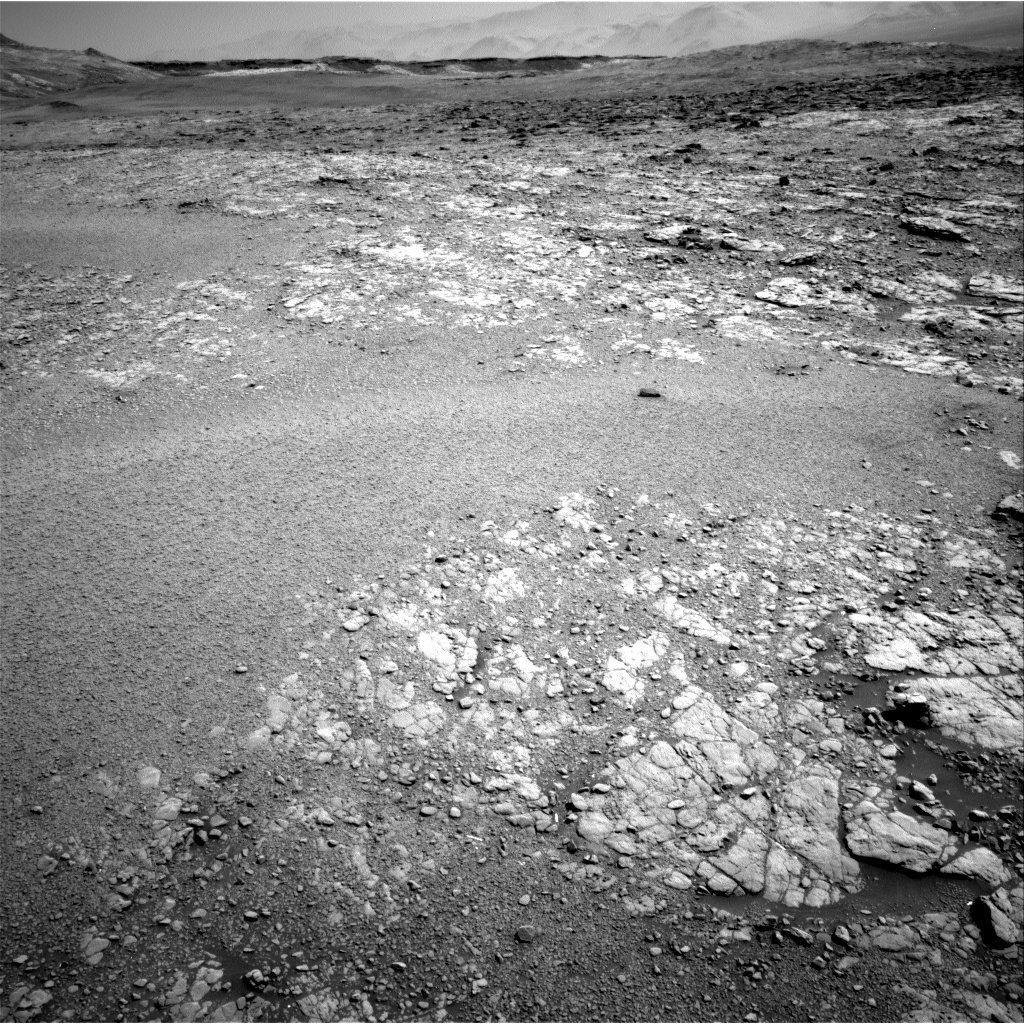2 min read

Our drive away from our long-time home at the “Glen Etive” drilling site was successful, and set us up nicely at our next exploration site, one of the “Culbin Sands” megaripples. The main goal of today was to scuff the ripple, intentionally driving into the ripple with our front right wheel to churn up and expose its interior. By studying the composition and grain size of the ripple interior and exterior, the team hopes to determine the origin and history of these megaripple features. Before exposing the interior of the ripple with the scuff, the team acquired data from the ripple exterior, specifically the ripple crest. The ten shot ChemCam raster across the ripple crest, on the target “Seilebost Beach,” will provide insight into the chemistry and size distribution of the grains on top of the ripple.
After shooting Seilebost Beach, the rover will back up just over one meter and then acquire Mastcam and Navcam mosaics encompassing the whole of the ripple. These will give us one last pristine look at the ripple in its entirety before the wheel digs in. The rover will then scuff the ripple and then position itself so that the scuff is within reach of the arm and mast instruments for several subsequent days of science observations focused on the scuff. Once parked in place, MARDI will acquire an image of the ripple surface under the rover and DAN will ping the new ground beneath the rover with an active measurement.
The sky above us is always changing, so the rover acquired Navcam movies to look for clouds in the sky and any shadows they cast on Mt. Sharp, an atmospheric chemistry analysis with APXS, and regular REMS and RAD observations.
Written by Michelle Minitti, Planetary Geologist at Framework







